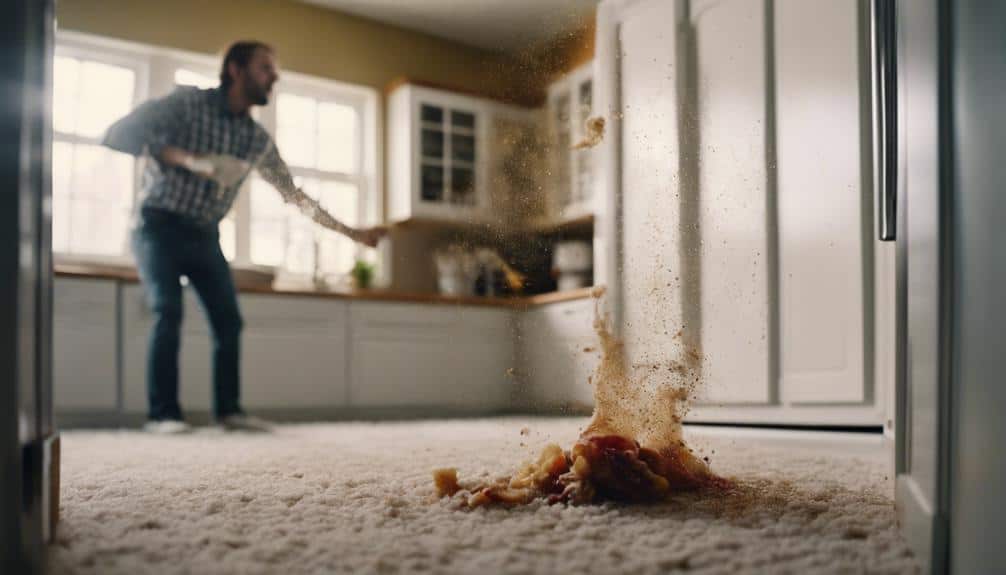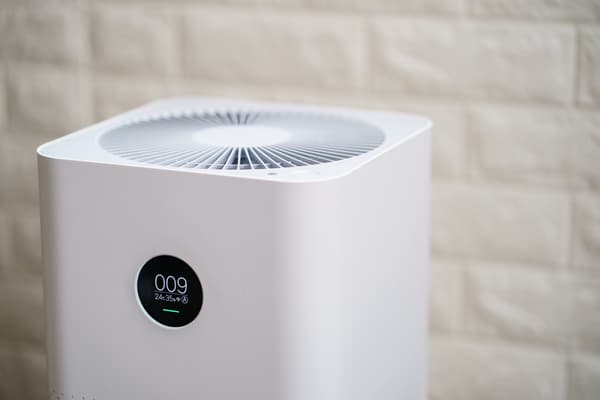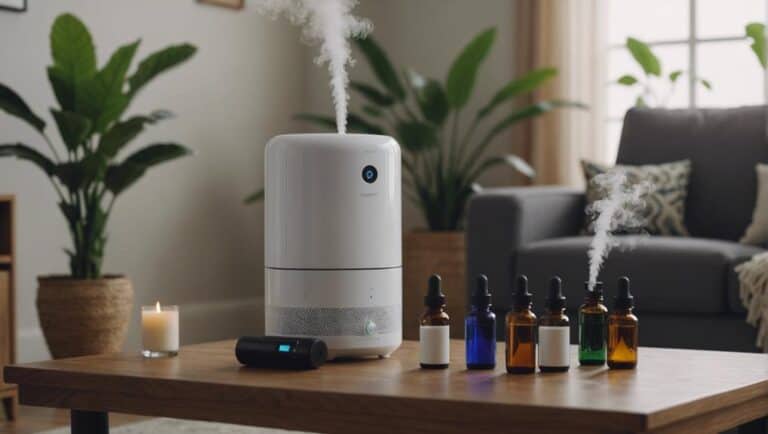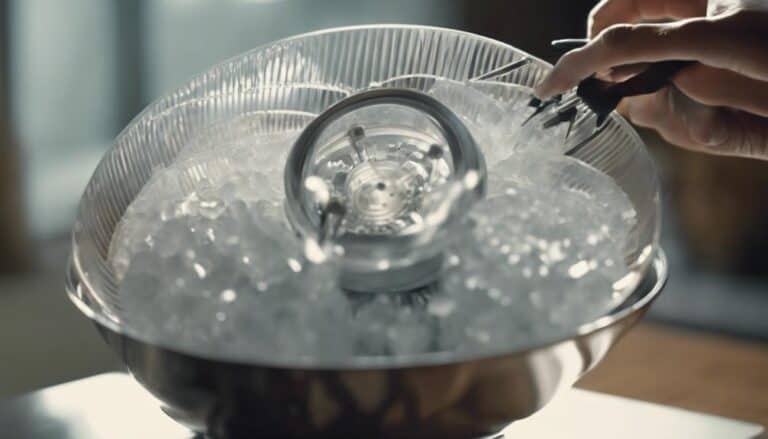How to Get Rid of That Old House Smell Quickly
Back in the day, our ancestors had some clever tricks for banishing that musty old house smell, and we’ve got the modern know-how to tackle it efficiently.
But what if I told you there’s a simple solution that doesn’t involve masking the odor with artificial scents or expensive gadgets?
Let’s uncover the secrets to quickly freshening up your living space without breaking the bank or spending hours scrubbing.
Keep on the lookout for our expert tips on how to swiftly bid farewell to that lingering ancient aroma.
Identify Moisture Issues
Identifying potential sources of excess moisture in your old house is the first important step in combatting the persistent musty odor that plagues many older homes. Excess moisture can lead to mold growth, contributing to the old house smell.
Common culprits of moisture issues include leaks, poor ventilation, and high humidity levels. Inspect the house for any signs of water leaks, such as damp spots on walls or ceilings, as these can promote mold growth and the musty odor.
Inadequate ventilation, especially in areas like the bathroom or kitchen, can trap moisture and lead to unpleasant smells. High humidity levels create a breeding ground for mold, which not only causes the old house smell but can also damage the structure over time.
Properly fixing these moisture issues by repairing leaks, improving ventilation, and reducing humidity levels will help eliminate the musty odor and prevent further damage to the house’s structure.
Deep Clean and Deodorize
For a complete approach to banishing old house smells quickly, initiate on a thorough deep cleaning and deodorizing regimen. Deep cleaning involves meticulous attention to detail, ensuring all surfaces, furniture, and fabrics are cleaned to eliminate embedded odors. To target mold and mildew, common culprits of old house smell, utilize disinfectants and odor-neutralizing products. Consider professional cleaning services for carpets, upholstery, and air ducts to eradicate persistent odors that home remedies may not fully address. Implement natural remedies like baking soda, white vinegar, or citrus peels to absorb and neutralize unpleasant odors effectively. To maintain a fresh environment, establish regular cleaning routines to prevent the reemergence of old house smells.
| Cleaning | Odor | Smells |
|---|---|---|
| Deep clean | Neutralize | Disinfectants |
| Mold | Mildew | Professional cleaning |
| Natural remedies |
Proper Ventilation

After thoroughly deep cleaning and deodorizing your home, the next step to swiftly eliminate old house smells is ensuring proper ventilation. Proper ventilation is important for improving air quality and eliminating musty odors.
Here are three essential ways to achieve this:
- Open Windows and Use Fans: Opening windows allows fresh air to circulate, reducing stagnant air and preventing odors from lingering. Using fans in combination with open windows can further enhance air circulation, creating a more pleasant environment.
- Install Air Vents or Air Purifiers: Installing air vents helps to remove stagnant air from enclosed spaces, while air purifiers can effectively filter out impurities and introduce clean, fresh air into your home. These additions can greatly improve the overall air quality and help eliminate old house smells.
- Utilize Exhaust Fans: Exhaust fans are particularly beneficial in moisture-prone areas like bathrooms and kitchens. By reducing humidity levels, these fans can prevent mold growth and musty odors, contributing to a fresher-smelling home.
Repair Damaged Materials
Repairing damaged materials, such as water-damaged walls, floors, or ceilings, is essential to eliminating sources of musty odors in your home. Water damage can lead to mold or mildew growth, which not only causes unpleasant smells but also affects indoor air quality.
Inspect for any leaking pipes or areas with moisture buildup that could be contributing to the issue. It’s important to address any rotting wood, deteriorating insulation, or decaying drywall promptly to prevent further damage and improve air quality.
Repairing or replacing these damaged materials won’t only help get rid of the old house smell but also create a healthier living environment. By taking care of these issues, you can effectively reduce the musty odors and enhance the overall freshness of your home. Remember, maintaining a clean and dry environment is key to eliminating the lingering smell of an old house.
Eliminate Other Causes

Inspecting your living space thoroughly for other potential causes is the next step in getting rid of old house smells quickly. Here are some key actions to help you eliminate other sources of unpleasant odors:
- Check for Moisture Issues: Look for any water leaks or areas with high humidity levels that could contribute to musty smells. Addressing these problems can prevent mold and mildew growth, which are common culprits of old house odors.
- Guarantee proper air circulation by opening windows frequently, using air purifiers, or installing exhaust fans in areas like the kitchen and bathroom. Fresh air can help remove stagnant odors and create a more pleasant indoor environment.
- Deep Clean and Deodorize**: Consider deep cleaning carpets, upholstery, and fabrics to remove absorbed smells. Using natural deodorizers like baking soda or cups of distilled white vinegar can also help neutralize odors lingering in your home.
Conclusion
To summarize, by addressing moisture issues, deep cleaning and deodorizing, ensuring proper ventilation, repairing damaged materials, and eliminating other causes of odors, you can effectively get rid of that old house smell quickly.
Consistent maintenance and attention to detail are essential in keeping your home smelling fresh and inviting. Remember to prioritize cleanliness, airflow, and proactive measures to create a pleasant living environment for yourself and your guests.






